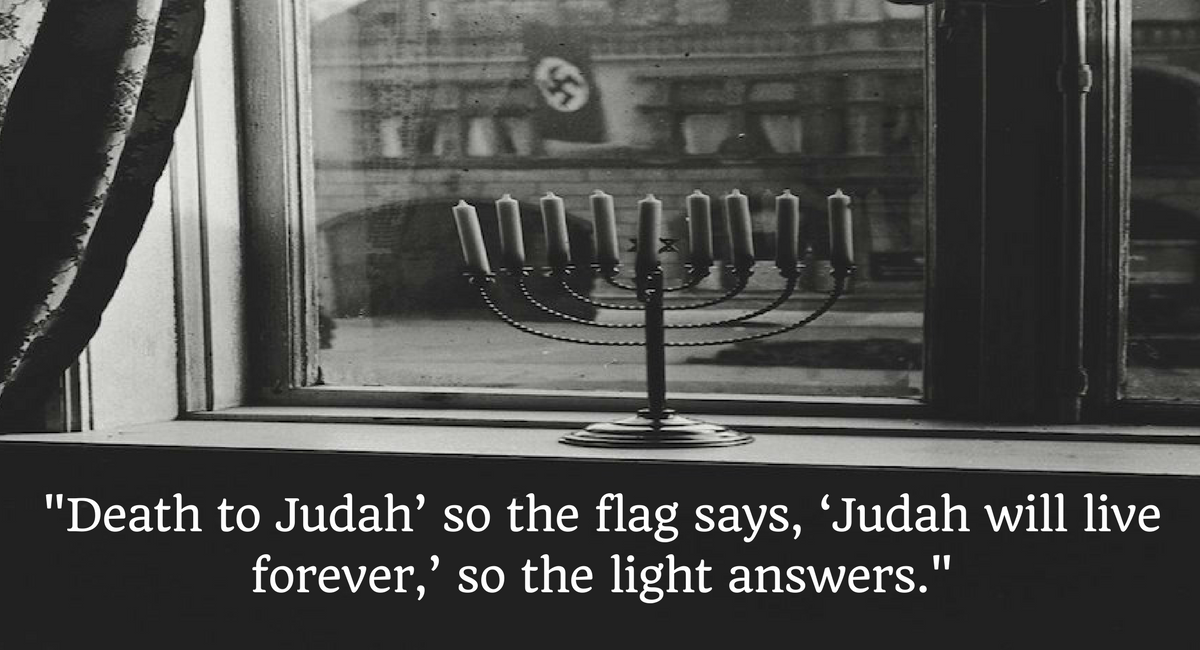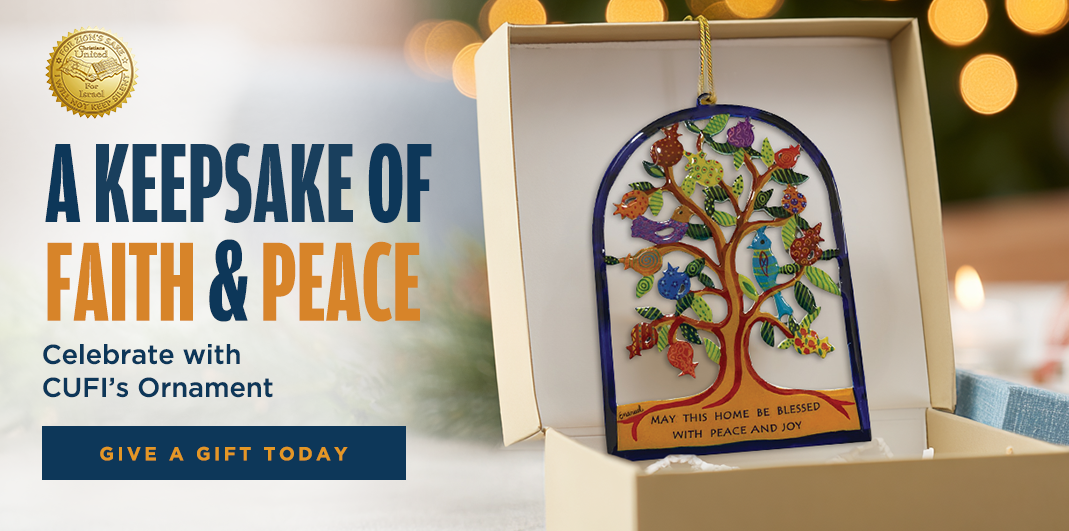Lighting Hanukkah Candles Under the Swastika’s Shadow

Millions of Jews around the world will light a menorah to celebrate Hanukkah. Akiva Mansbach will be one of them. But his isn’t just any menorah. In its multigenerational life, its light has also touched the darkness.
In Kiel, Germany, in 1932, Rabbi Dr. Akiva Posner and his wife, Rachel, lit the menorah and placed it on their window sill. Directly across the street was a Nazi flag.
One of the essential components of Hanukkah is “persumei nisa,” or publicizing the miracle — the miracle being the triumph of a small band of Jews, the Maccabees, who led a revolt and conquered their Seleucid persecutors in the second century before the Common Era. As tradition has it, when the Holy Temple was being rededicated and its golden menorah lit, there was only enough oil to last for one day. Miraculously, the small supply burned for eight.
The Talmud contains detailed guidelines of how to publicize the miracle, with extensive commentary on where the menorah would be most visible to people walking by. The rabbis also discussed foot traffic in marketplaces: They wanted to make sure that people lit their candles when pedestrians were flooding the streets.
There’s one more crucial detail the rabbis insisted on: In a time of danger, they said, the lighting of the Hanukkah candles can take place in one’s home, on one’s table, away from the gaze of the hostile outside world.
But this escape clause didn’t suffice for the Posners. In 1932, just before Hitler’s rise to power, their menorah shone brightly for all their neighbors to see. Its light — and the meaning behind it — was made all the more incandescent given the symbol of Jew-hatred hanging from the building across the street.
The poignancy of the juxtaposition didn’t escape Rachel Posner. She took a photograph of the menorah and the swastika. On its back, she scribbled in German, “ ‘Death to Judah’ so the flag says, ‘Judah will live forever,’ so the light answers.”
Rabbi Posner, Rachel and their three children left Germany for the Holy Land in 1933. Rabbi Posner managed to persuade many of his congregants to leave as well.
For 51 weeks of the year, the menorah belongs to Yad Vashem, Israel’s Holocaust museum in Jerusalem. But each year, right before Hanukkah, the family takes the menorah back and puts it to good use.
I spoke by phone with the Posners’ great-grandson, Akiva Baruch Mansbach, who was named for Rabbi Posner and lights the menorah every year. The significance of lighting it in his home in Beit Shemesh, Israel, so many decades after his ancestors lit it as an act of resistance, did not escape him. “The same light that my great-grandparents lit in the exile in Germany is the light that so many light today in Israel,” he told me. “It demonstrates the continuity of Jewish history.”
“Whether it’s the Greeks on Hanukkah or the Nazis in Germany, they want the same thing — to destroy the nation of Israel,” he added. The menorah symbolizes the strength and continuity of our nation, the idea that it is strong and will conquer all its enemies.”
Read More: New York Times
